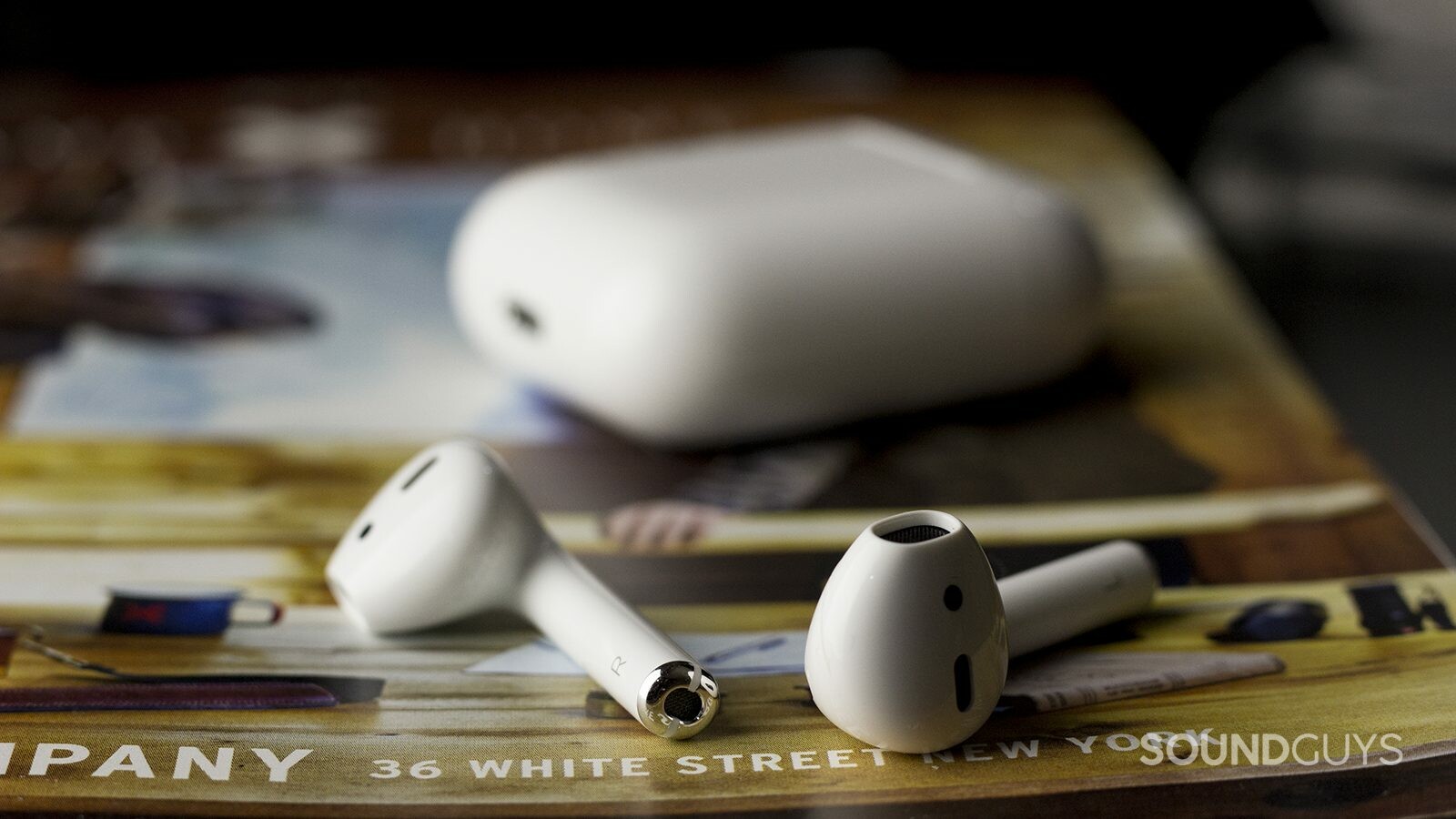The fact that it has a detachable antenna cable and even a... detachable bluetooth pair button connector... tells me this is meant to be stuffed somewhere dark while the interface and the wireless go to somewhere that can see light
A pretty specific target market.
One example, speaker test shelves? Where there are lots of buttons. Or basically anywhere that needs a button for Bluetooth... hotels and exhibition halls maybe?
A pretty specific target market.
One example, speaker test shelves? Where there are lots of buttons. Or basically anywhere that needs a button for Bluetooth... hotels and exhibition halls maybe?

